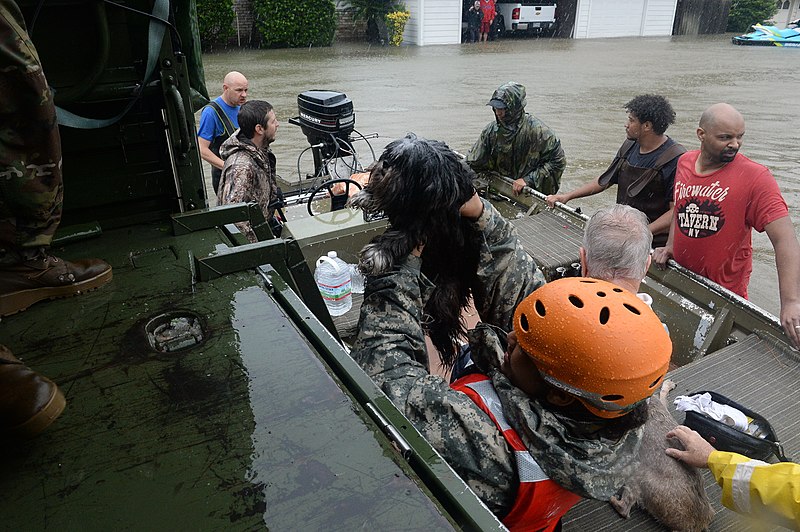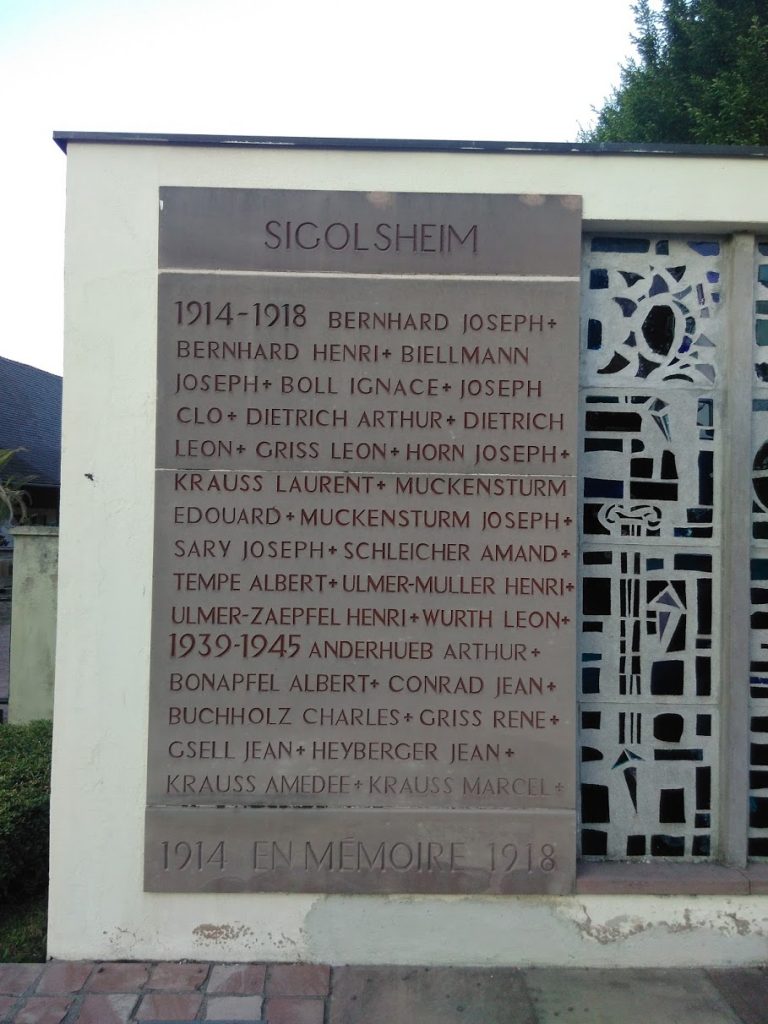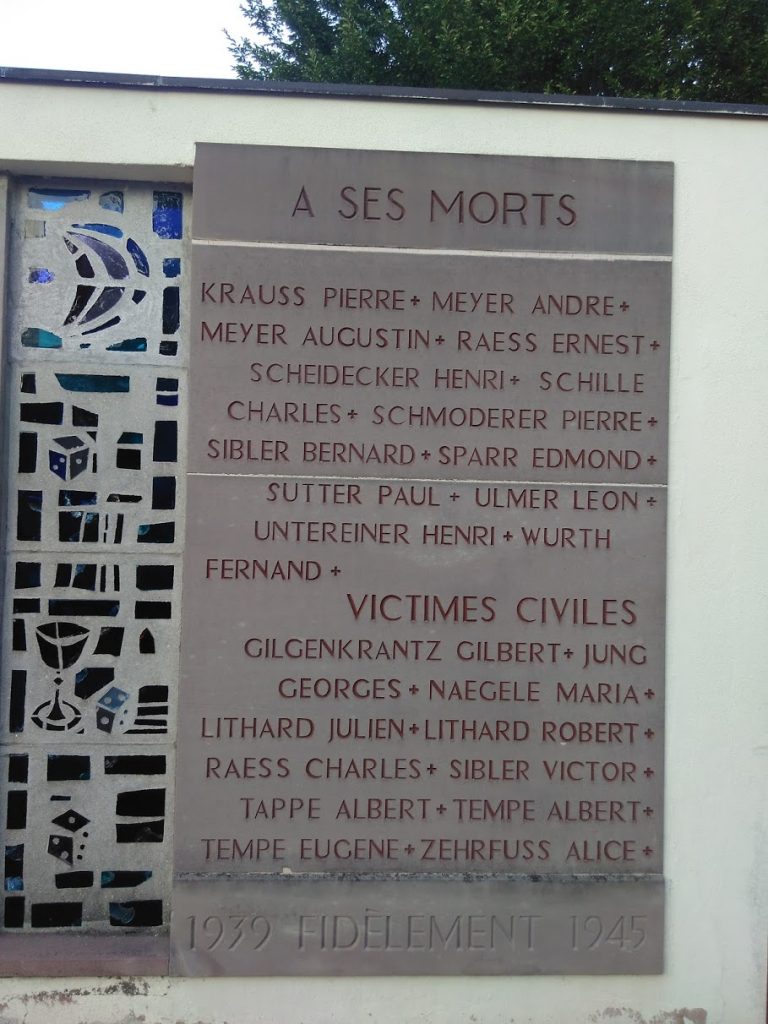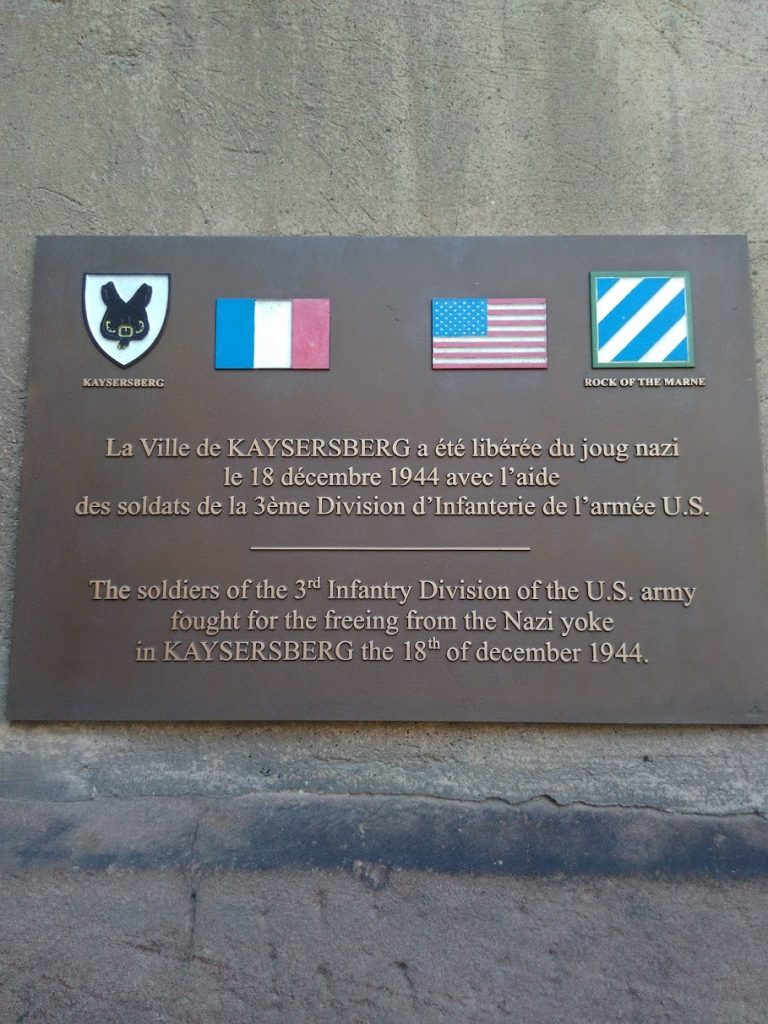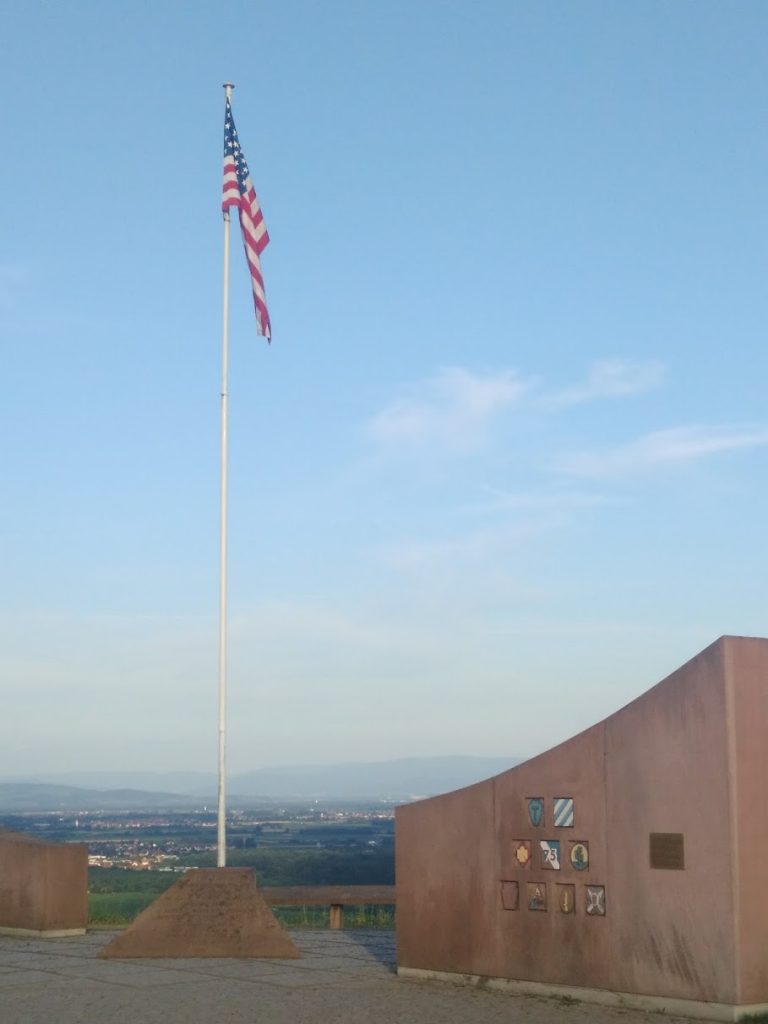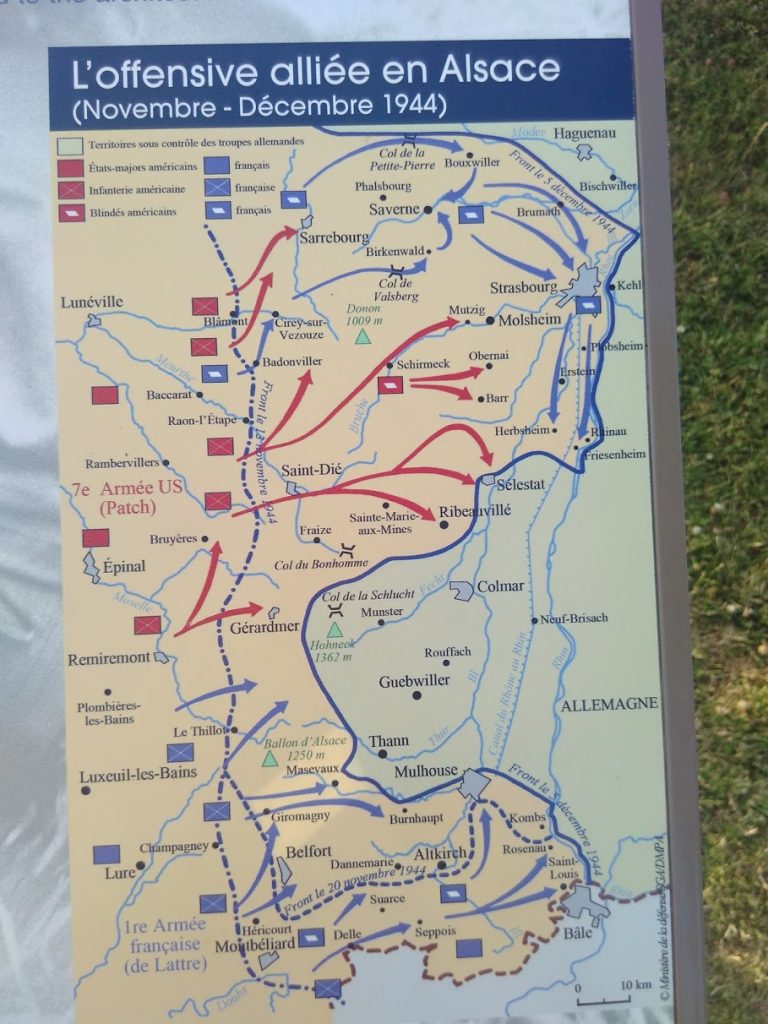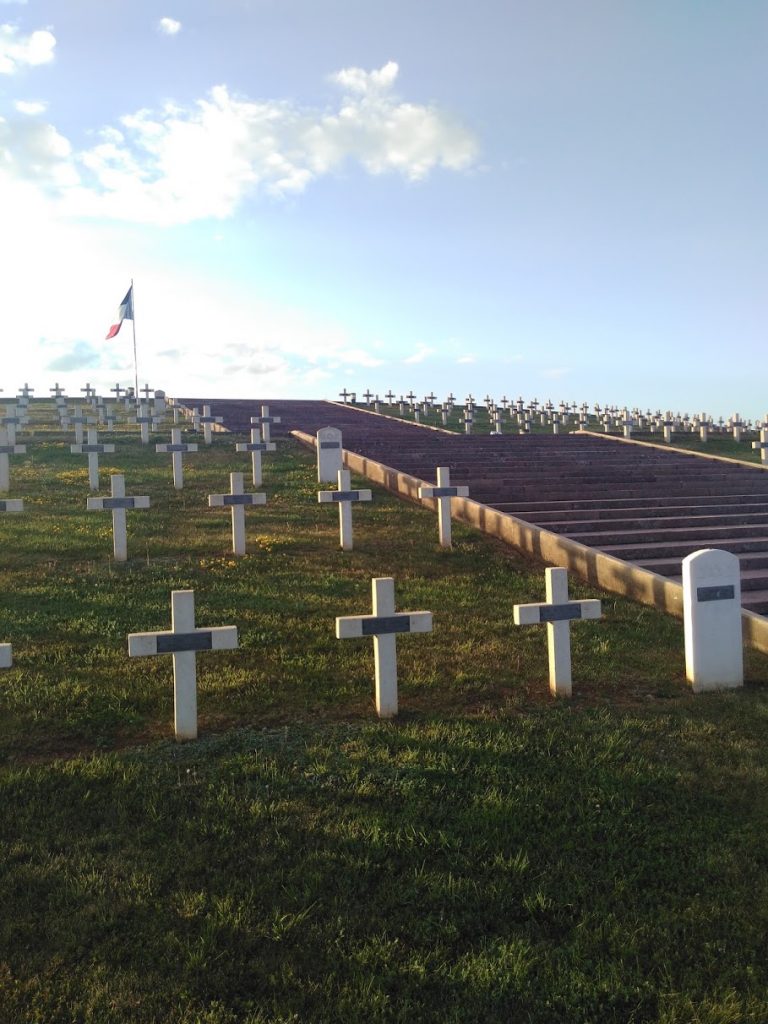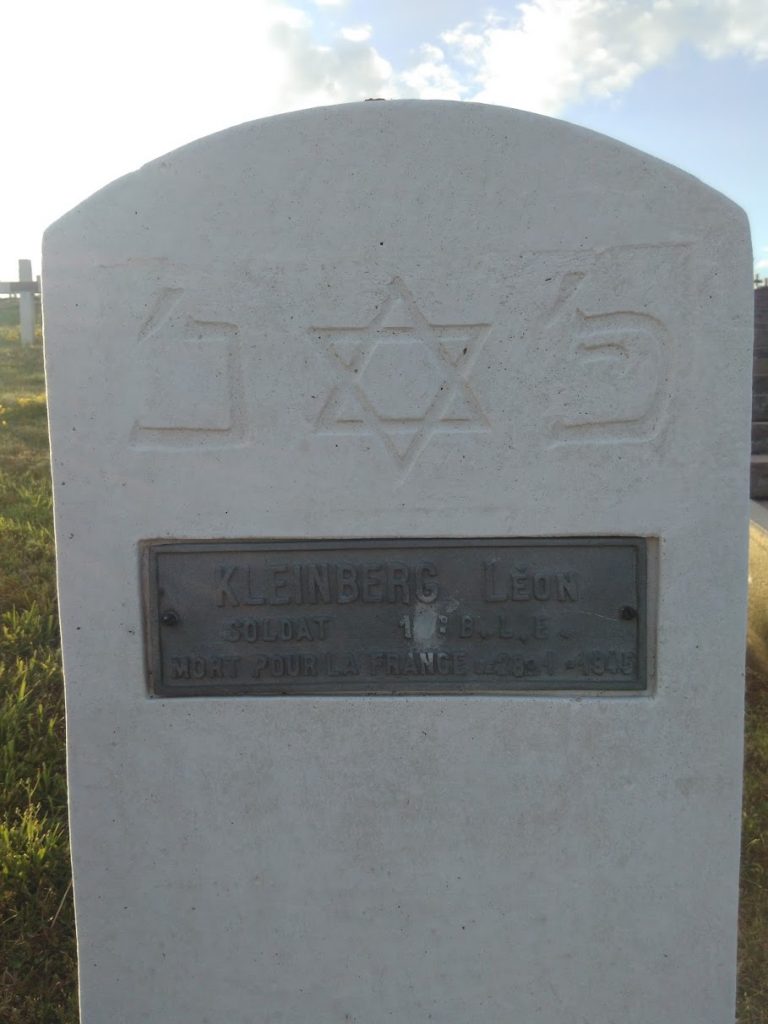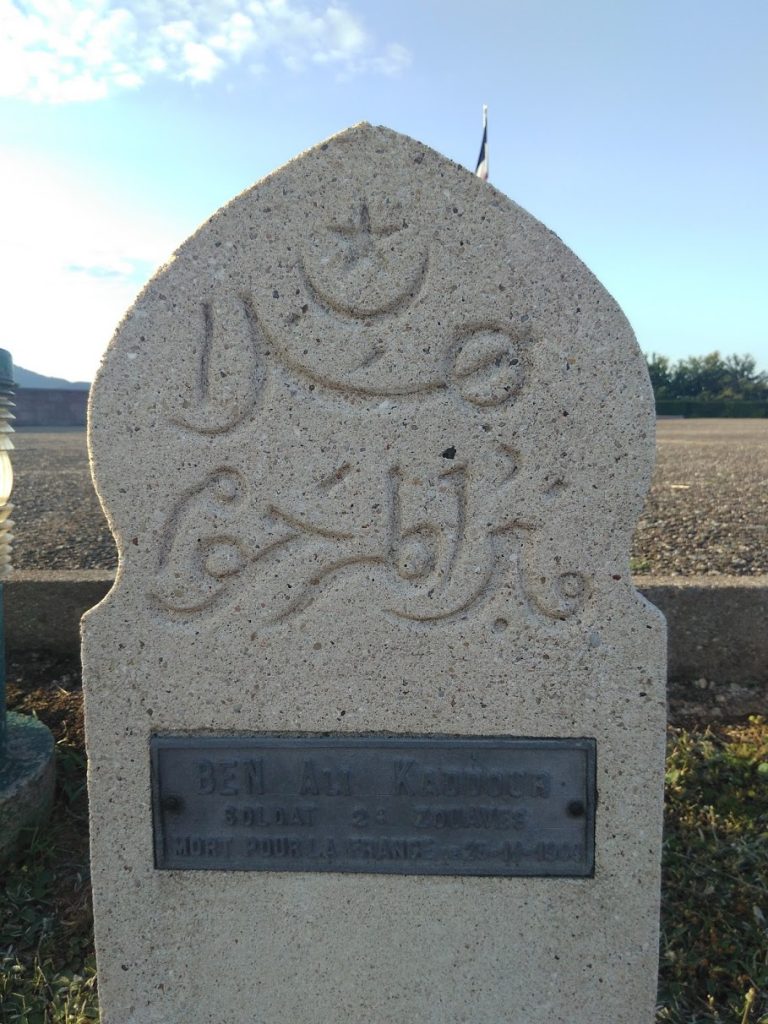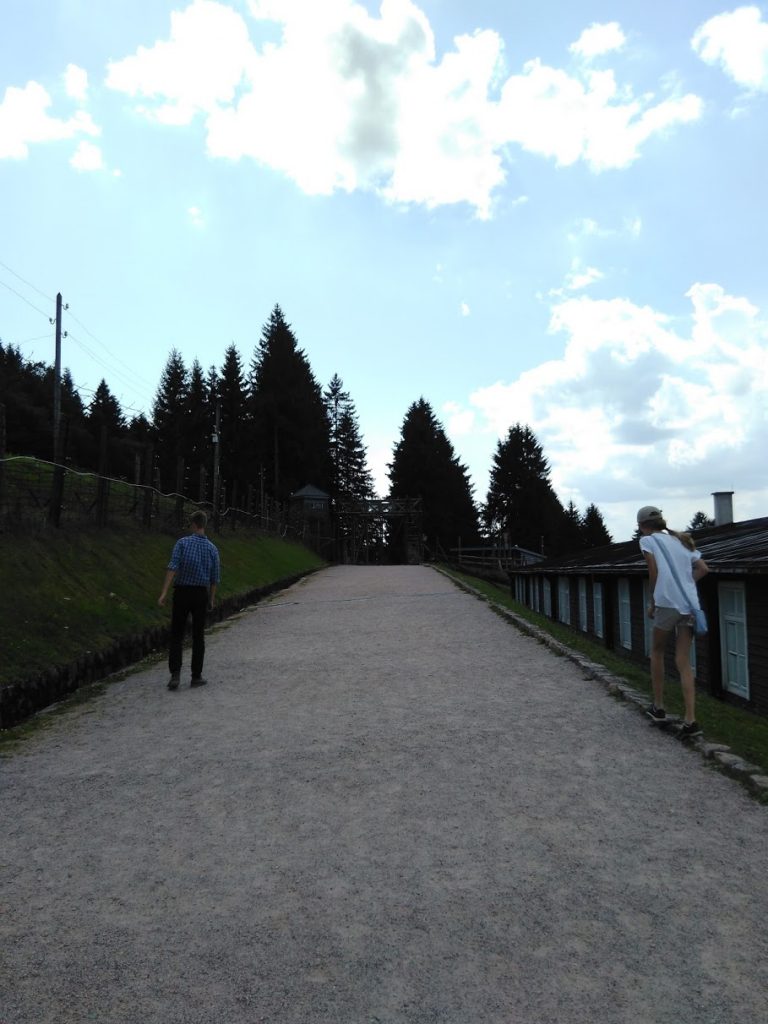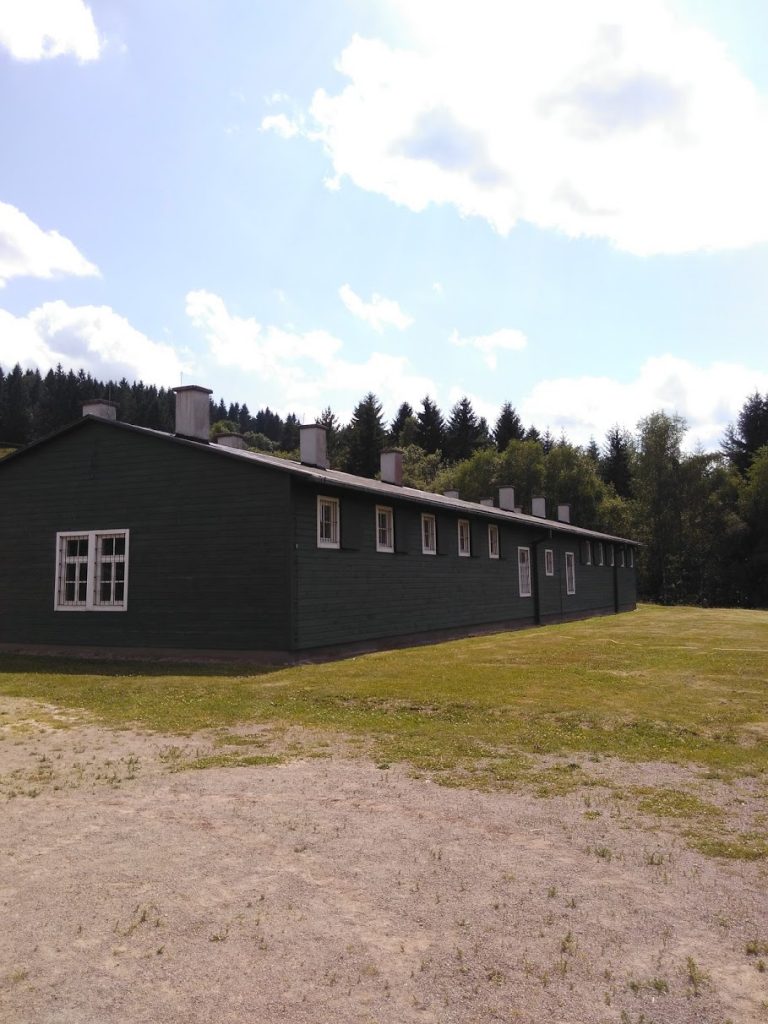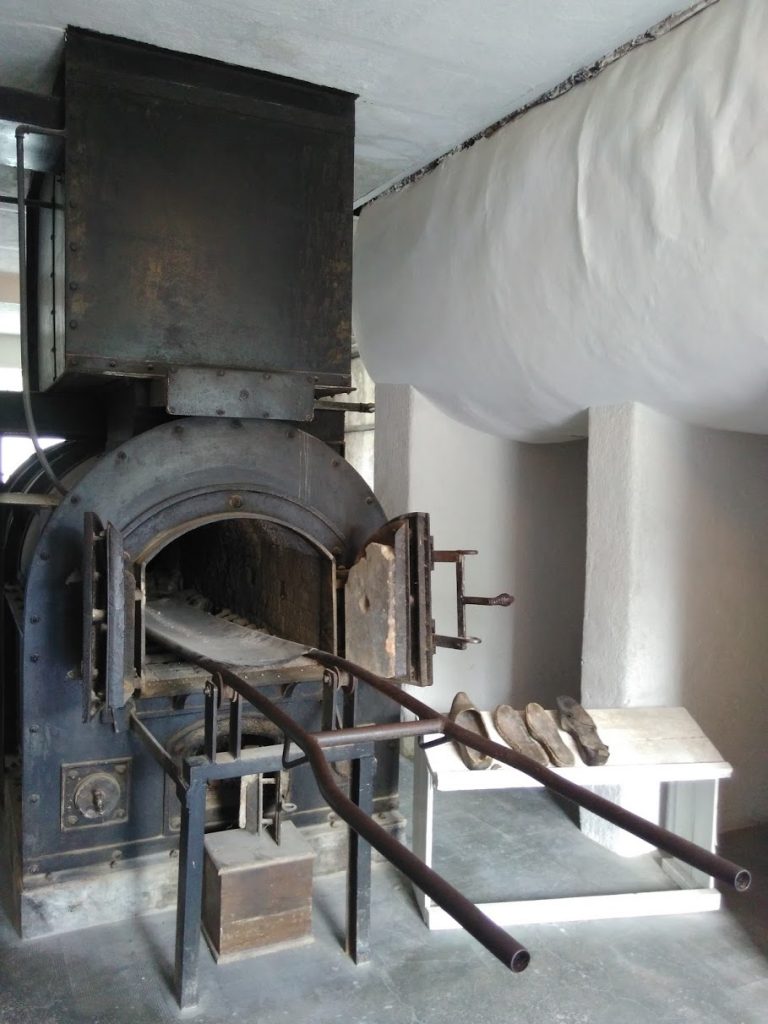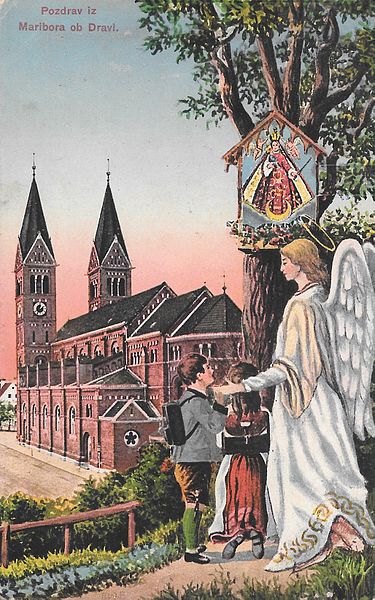Dear Senator Feinstein,
I wish to thank you for your extraordinary comments to Professor Barrett, in whom, you assure us all, the dogma loudly lives. (May that be said of all Notre Dame’s faculty one day, please God.)
The reason I wish to thank you is because, like most people, I have some things I believe to be true. I also have children, most of whom are now teenagers. Teenagers do this thing that’s necessary for the good of the species, but aggravating all the same: They question the beliefs of their parents.
I would like them, for example, to believe with all their heart that texting and driving is always to be avoided because it poses a serious danger to themselves and others. I think that’s true, I assume you do as well, and since one day my children might be sharing the road with you, we both have a strong interest in their coming to accept that belief and act on it. You might say that you and I are dogmatic on that point.
Another thing I’d like them to accept with all their heart is the Catholic faith. That’s something that probably isn’t so easy for you to understand. See, here’s the difficulty with kids these days: They don’t fake religious beliefs in order to get along and smooth their social paths. Back when you were a kid? Yeah, people did that. They might be Catholic because it was their family heritage, or they found the communal life appealing, but without necessarily feeling that they had to accept the entirety of the Catholic faith as being exactly true. I think you work with some people who are like that.
But we of the younger generations don’t do fake-religion so much. There are a few holdouts, of course, but for the most part, if a young adult these days practices a religion, it’s because he or she thinks it is true. That’s especially so for Catholics, because in many circles (yours, for example), there’s no real social benefit to being Catholic. Sometimes it even kinda sucks. (In a join-your-sufferings-with-Christ kinda way, don’t get me wrong . . ..)
So, like many Catholic parents, even though I try my best to pass onto my children the things that I think are true — both about road safety and the reality of human existence in a larger way — I am well aware that my kids might choose to reject my beliefs. And though they might lie and say they don’t text and drive even if they do (please God no), they probably won’t get around to lying about being Catholic, at least not after they’ve moved on to college.
And that’s why I want to thank you. See, my boy is a senior in high school, and like many boys he doesn’t always share his inner thoughts with the world. I don’t always have a clear read on what he thinks about the Catholic faith. But this morning?
I showed him the video of you making your famous quote. He laughed so hard at how ridiculous you were — it was truly a wonderful moment for a mother to share with her son. We made jokes about “dogma” and a little bit of woofing sounds (which got our actual dog excited and after that she stood at the door all day watching for squirrels because she could tell we knew dogs were important), and also he joked about “those dangerous Christian religious extremists refusing to kill people!”
It was a really fun time for the two of us. It was also a moment when I knew that my boy understood a person should act on his or her beliefs. Otherwise they aren’t really much in the way of beliefs, are they?
So thank you very much for giving us that little gift.
I wish you all the best,
Jennifer.
PS: My son also thought you looked drunk. But you weren’t, I don’t think. He really hasn’t spent that much time around either senators or drunk people, so he’s not necessarily the best judge.

Photo via United States Congress, US Senate Photo [Public domain], via Wikimedia Commons

